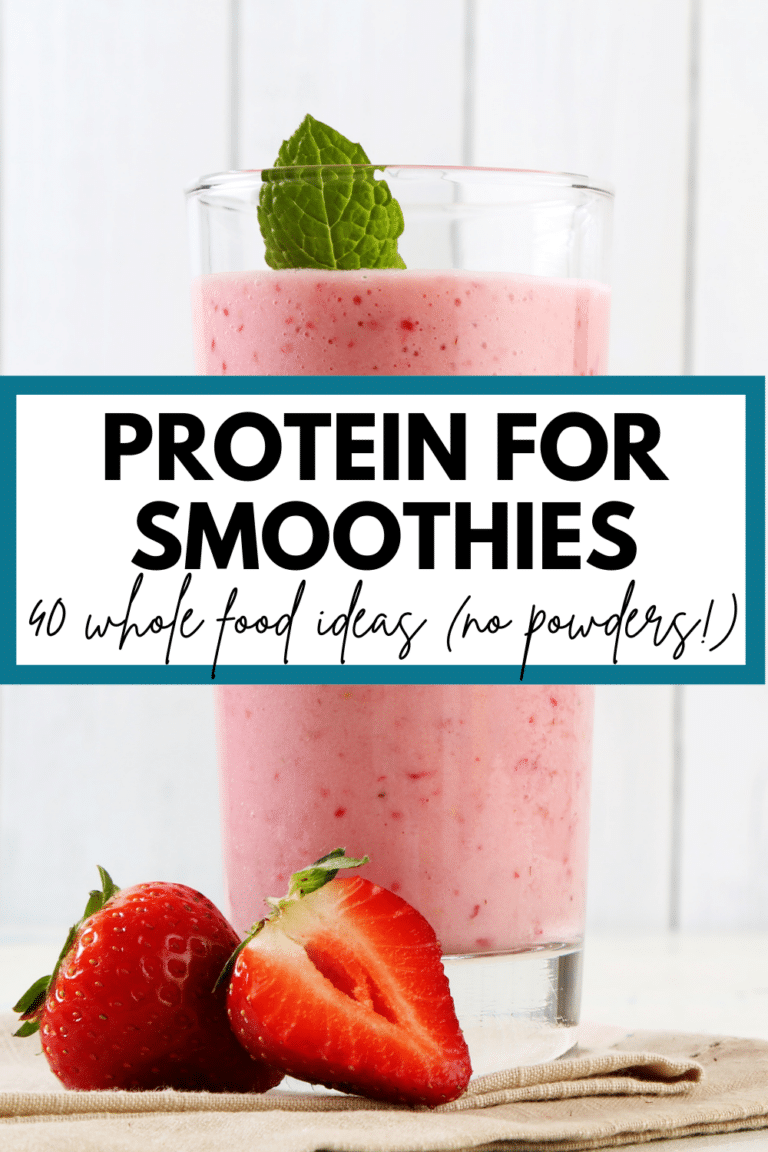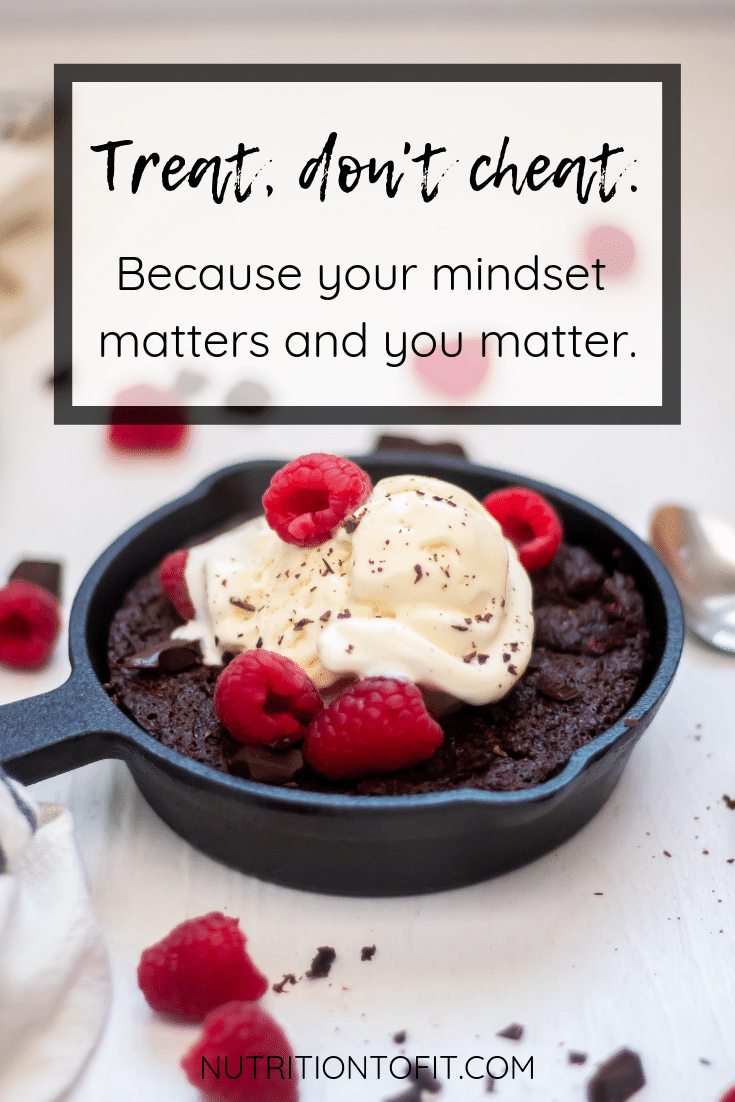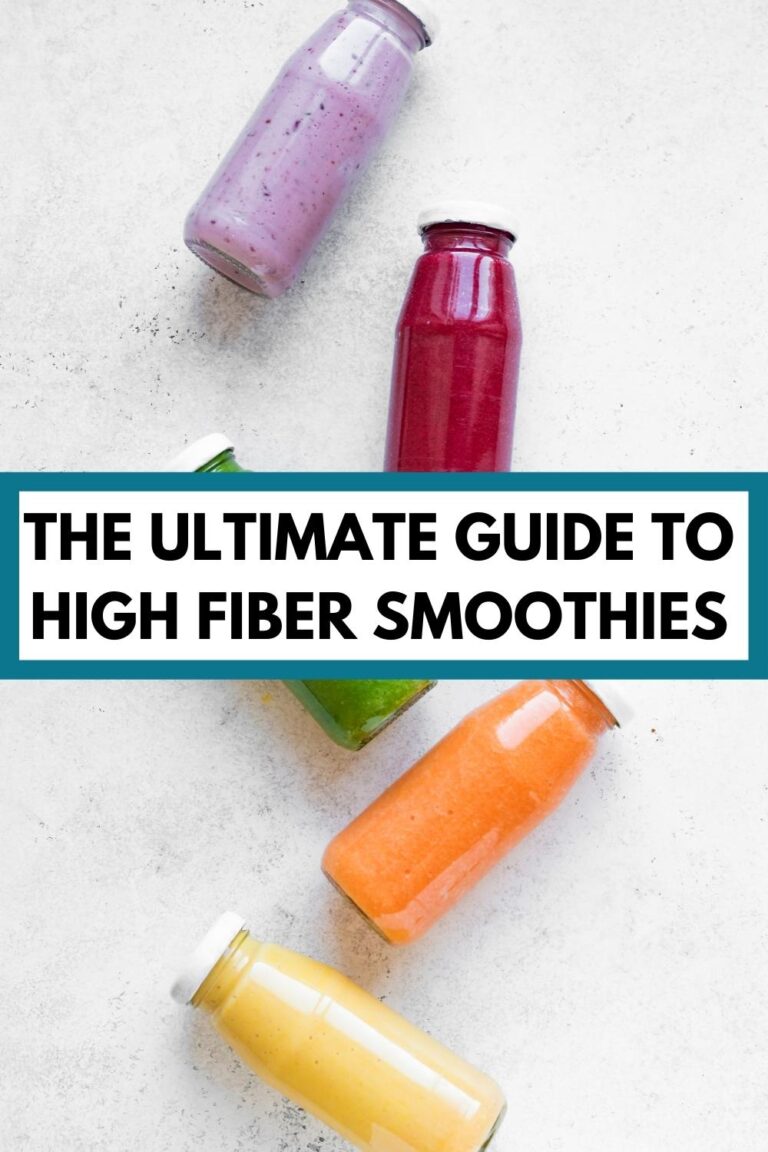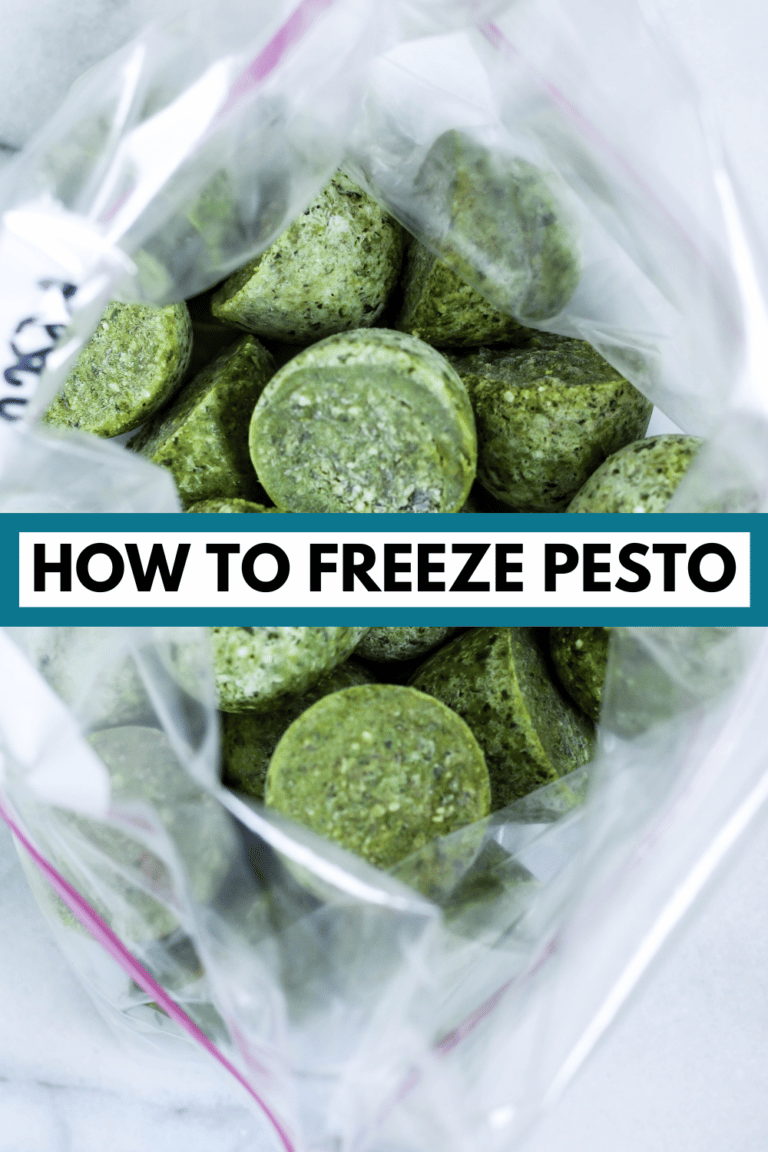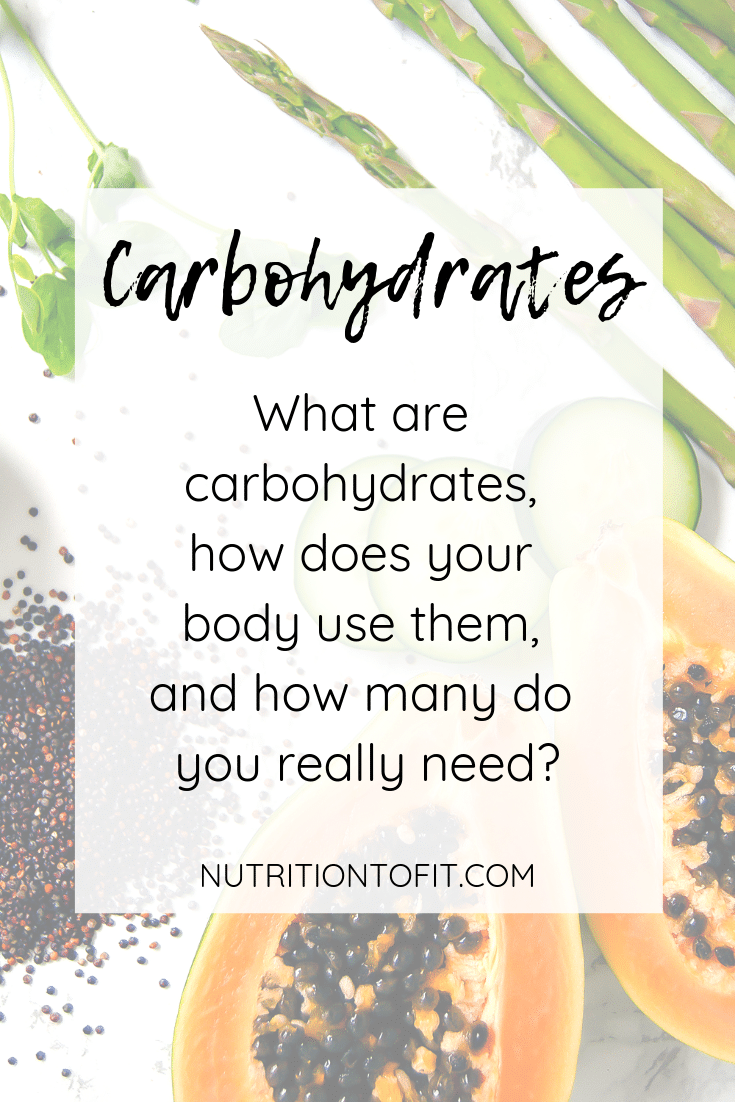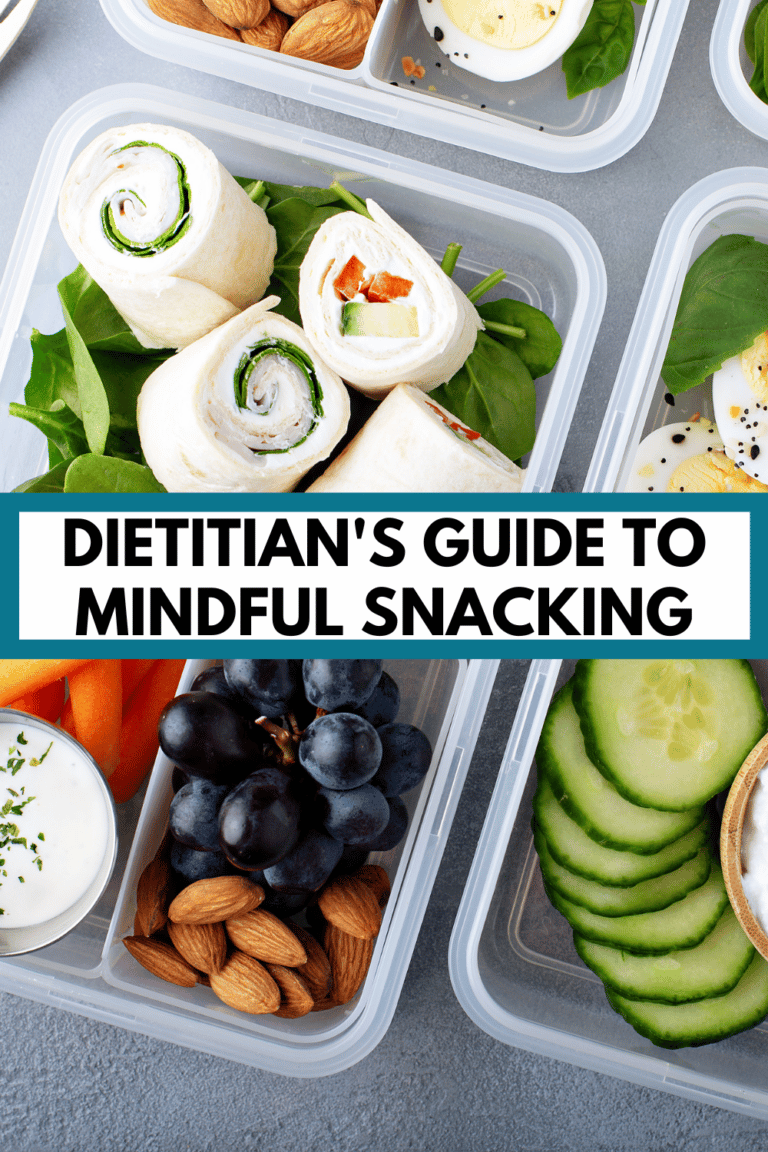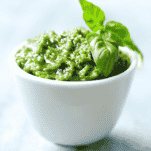Is Pesto Healthy?
Is pesto healthy? This dietitian-authored article explores pesto nutrients (including the calories in pesto), pesto benefits, potential concerns, and shares a healthy pesto recipe.
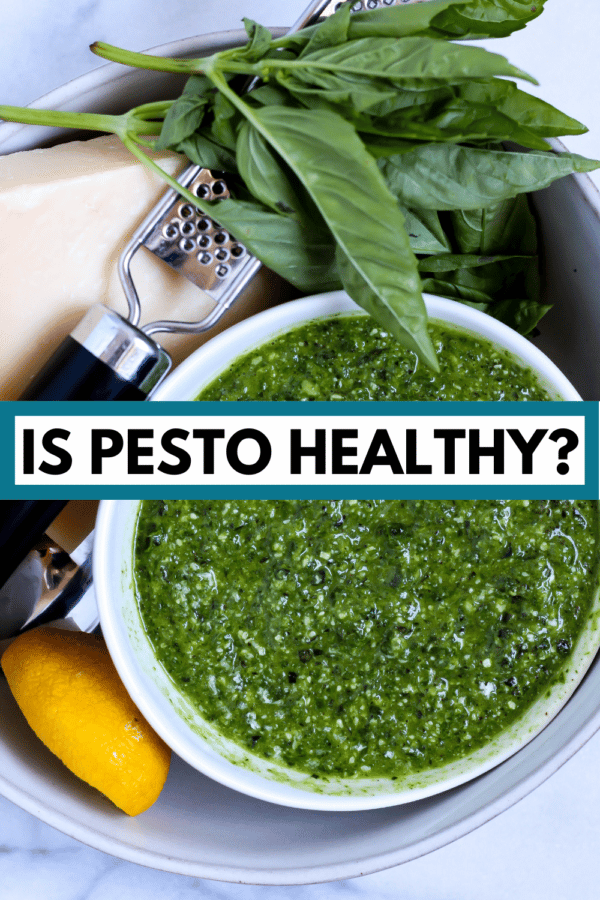
What is Pesto
Pesto is defined by the Mirriam-Webster Dictionary as, “a sauce made especially of fresh basil, garlic, oil, pine nuts, and grated cheese.”
It’s a simple sauce (no cooking required!) that hails from the Liguria region of Italy, the home of Genoa, Italy. (This is where Genovese basil comes from – a common basil variety used in pesto.)
Pesto can actually be traced back to ancient Rome. There’s an ancient Roman dish called moretum that pesto is loosely inspired from. Moretum is more cheese-based than modern day pesto, like a cheese salad, also featuring oil, salt, and aromatic herbs.
What is Pesto Made Of
Traditionally, pesto is made of basil, pine nuts, parmesan cheese, olive oil, garlic, and salt. That said, there is a near-endless variety of ways you can make pesto:
- Leafy Greens: Substitute some of all of the basil for fresh leafy greens like spinach, baby kale, or arugula.
- Different Herbs: Try changing up the herbs by swapping or adding Italian parsley, cilantro, and/ or fresh mint.
- Make it Dairy-Free or Vegan: Use a vegan parmesan alternative or try nutritional yeast instead.
- Change up the Nuts: Pine nuts a little pricey or hard to find? Try using other nuts, like walnuts, cashews, or almonds. You can substitute sunflower or pumpkin seeds, too.
- Go Nut-Free: Whether you’ve got nut allergies (like me!) or are looking for a lighter option, you can skip nuts altogether with a nut-free pesto.
- Make it Spicy: Add some crushed red chili pepper flakes to create a delicious spicy pesto.
- Add Lemon: Lemon juice (and even zest) is a popular addition to pesto, as lemon pairs beautifully with pesto and it brightens up the sauce.
- Use Sundried Tomatoes or Roasted Red Peppers: While this is definitely not your traditional pesto, adding these vegetables makes a flavorful and nutrient-dense pesto-inspired sauce.
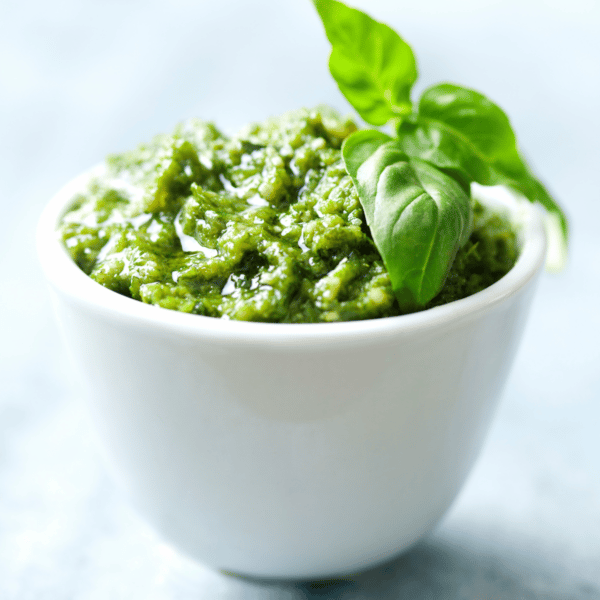
Pesto Nutrients
Pesto nutrients vary with the recipe or brand used, but two tablespoons of pesto contains:
- Calories: 130
- Protein: 2 grams
- Fat: 13 grams
- Carbohydrate: 1 gram
- Fiber: 0 grams
- Sugars: 0 grams
- Calcium: 60 milligrams (6% daily value)
- Iron: 0.4 milligrams (2% daily value)
- Sodium: 220 milligrams (9% daily value)
- Vitamin C (total ascorbic acid): 42 milligrams (70% daily value)
- Vitamin A: 400 IU (International Units) (8% daily value)
Yes, pesto is a high-fat sauce or spread. But your body needs dietary fat! Dietary fats are essential for energy, cell function, hormones, protecting your organs, and body temperature regulation. Fats also are needed to help your body absorb some nutrients, too, like the fat-soluble vitamins A, D, E, K.
And pesto is one delicious way to eat your dietary fats, along with the other vitamins and minerals it offers!
Calories in Pesto
Calories in pesto vary greatly based on the recipe or brand used. Traditional pesto contains around 120-130 calories per two tablespoons. I have a lower calorie pesto recipe at just 60 calories per two tablespoons.
Let’s chat a minute about calories. Because as a dietitian, I find excessive concern and even anxieties over high calorie foods is not uncommon.
Health and Nutrition is More Than Calories
While calories are important for energy balance and weight management, health and nutrition is about far more than calories. This includes your mental health.
If you find yourself micromanaging and stressing over every single calorie, that’s a red flag. You may need to take a step back from calorie counting (and may need to seek some support from your doctor and a dietitian).
Not every meal and food you eat has to always be the lowest calorie. Instead of only trying to choose the lowest calorie option, try creating meals that:
- Provide enough energy/ calories. (Did you know that if you find yourself over-eating, mindlessly snacking, or binging later in the day, it may be because you simply didn’t eat enough earlier in the day?)
- Have a balance of macronutrients – fat, protein, and carbohydrates.
- Include more vegetables and other nutrient-dense foods. (Pesto on lean grilled chicken or as a dip for veggies can be a great way to help with this!).
- Are satisfying! If you’re craving pesto pasta and a more filling meal, pasta (or lower calorie pasta alternative) with lighter tomato sauce likely won’t feel as satisfying on any level for you.
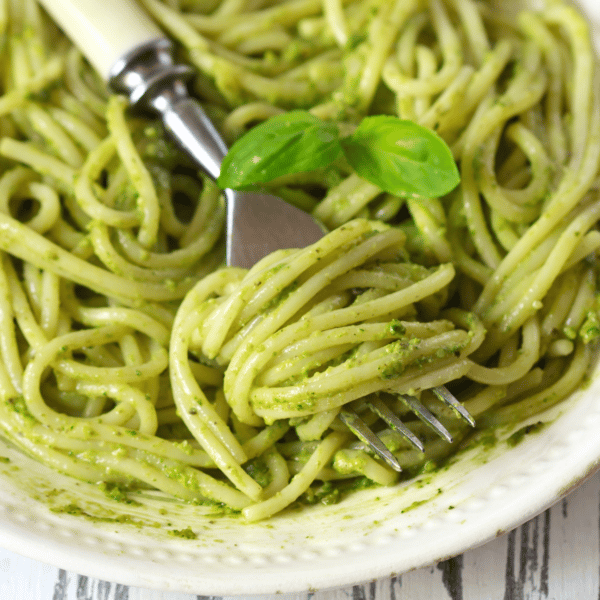
Pesto Benefits
Many pesto benefits are due to its high fat content, since most of the fat comes from plant fats in olive oil and pesto. These plant fats are rich in mono- and polyunsaturated fats, which are actually beneficial for heart health.
Pesto doesn’t contribute a significant amount of vitamins and minerals, but it does contain some antioxidants.
Basil, olive oil (especially extra virgin olive oil), and nuts are all food or excellent sources of antioxidants. Antioxidants can help protect healthy cells from damage caused by free radicals.
Pesto Concerns
The primary health concern regarding pesto is for individuals with nut allergies. Those with nut allergies (like myself!) need to be cautious with reading pesto ingredient labels and scrutinize for any potential nut ingredients (pine nuts, walnuts, almonds, nut oils, etc.).
Additionally, there can be some concern regarding foodborne illness with any prepared food items. While some interesting studies suggest pathogen growth is inhibited more in pesto, it’s still a smart idea to be aware of when and where you purchased your pesto and how long it’s been in your fridge.
Try freezing your pesto in small, individual portions if you want to preserve it at its freshest.
Healthy Pesto Recipe (Is There a Healthiest Pesto?)
There are many options out there, but my personal favorite healthy pesto recipe is my nut-free pesto recipe. Being nut-free makes it perfect for those with nut allergies, and for those looking for a lower calorie pesto. It’s delicious, simple, and packed with flavor. Plus if you make extra, you can easily freeze pesto for later!
Get the recipe with all the helpful tips and tricks and full nutrition information here: Healthy Nut-Free Pesto.
How to Eat Pesto
If you’re wondering how to eat pesto, the good news is there are many versatile options!
- Pasta: Toss al dente pasta with pesto – freshly cooked pasta will heat the pesto, making a simple meal. Try my pesto pasta with tomatoes.
- Pizza: Switch up the sauce on your pizza with pesto. Or drizzle a little pesto on top of your go-to pizza. Try it on my Air Fryer Tortilla Pizzas!
- Sauce: perfect for topping veggies and proteins, like this Pesto Crusted Salmon.
- Dip: pesto makes a great dip as-is for things like vegetables, bread, crackers, air fryer tortilla chips, and pita chips. Want a creamier dip with a little protein boost? Try blending pesto with plain Greek yogurt, cottage cheese, or ricotta for a creamy pesto dip.
- Salads: use pesto as-is or mixed with more olive oil for a salad dressing. You can also use pesto to create delicious chilled pesto pasta salads and pesto chicken salad.
- Sandwiches & Wraps: pesto makes an excellent spread on wraps. You can also use it in tuna or chicken salad, like with my grilled Chicken Pesto Wraps.
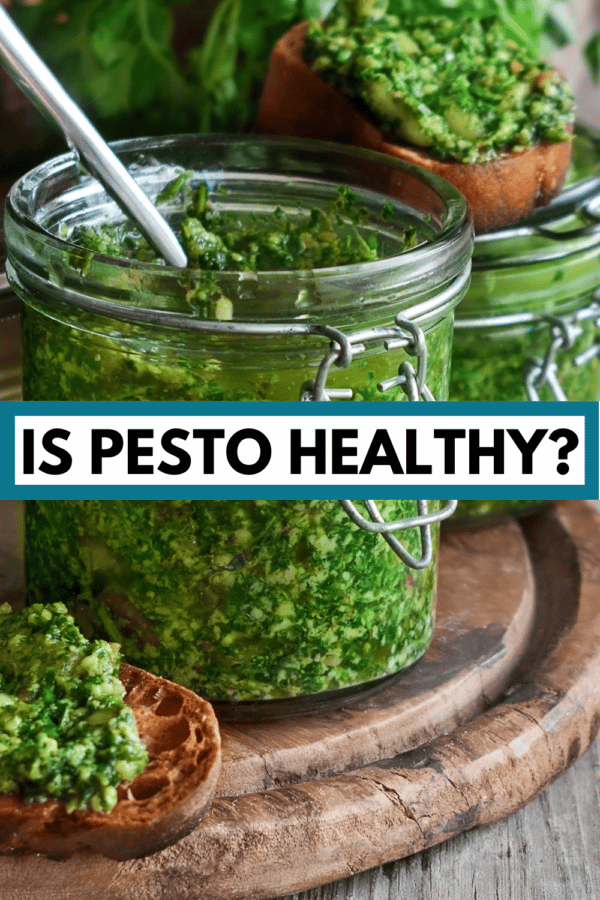
Is Pesto Healthy?
So, is pesto healthy? Yes, pesto provides some health benefits. Plant fats, like those in olive oil and pine nuts, provide heart-healthy fats for improved cardiovascular health. And antioxidant-rich basil, olive oil, and pint nuts can help fight damage from free radicals.
Traditional pesto recipes are high in calories (although lower calorie pesto recipes are available), but calories are nothing to be feared. Remember – the lowest calorie option is not always the healthiest option (for nutrient density, physical health, and your mental health.
Additionally, pesto is a versatile, delicious ingredient that can help increase meal enjoyment and satisfaction – another important aspect of a healthy lifestyle.

